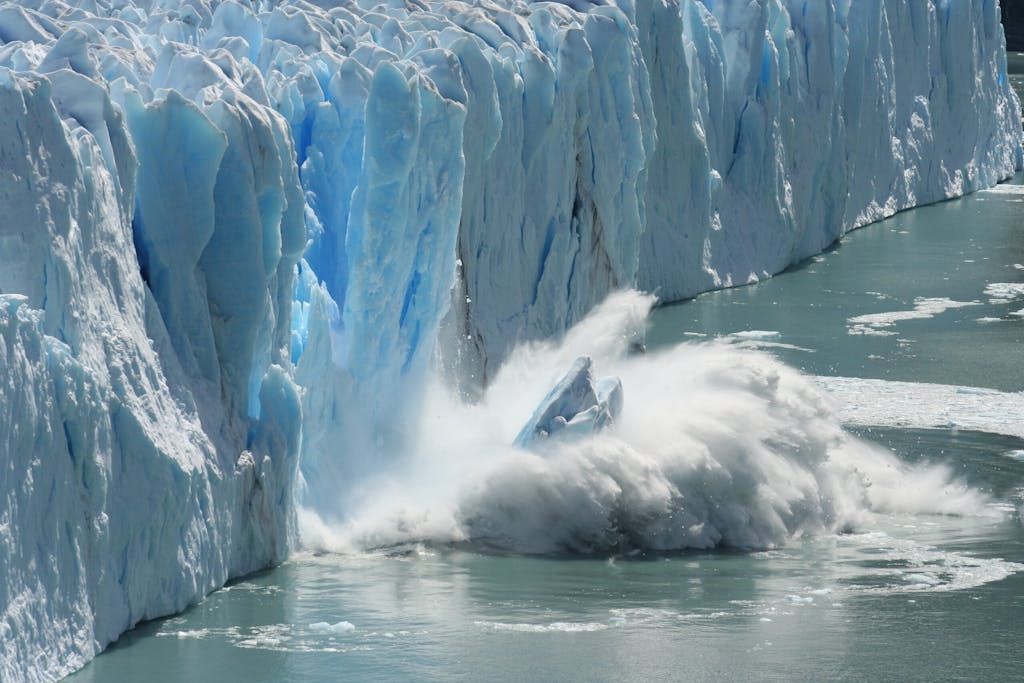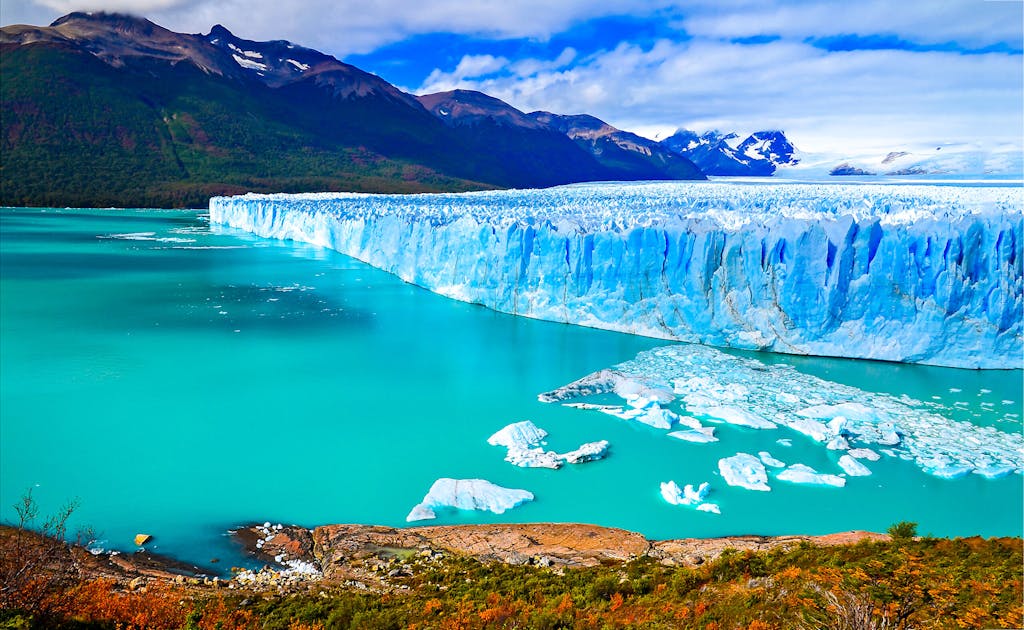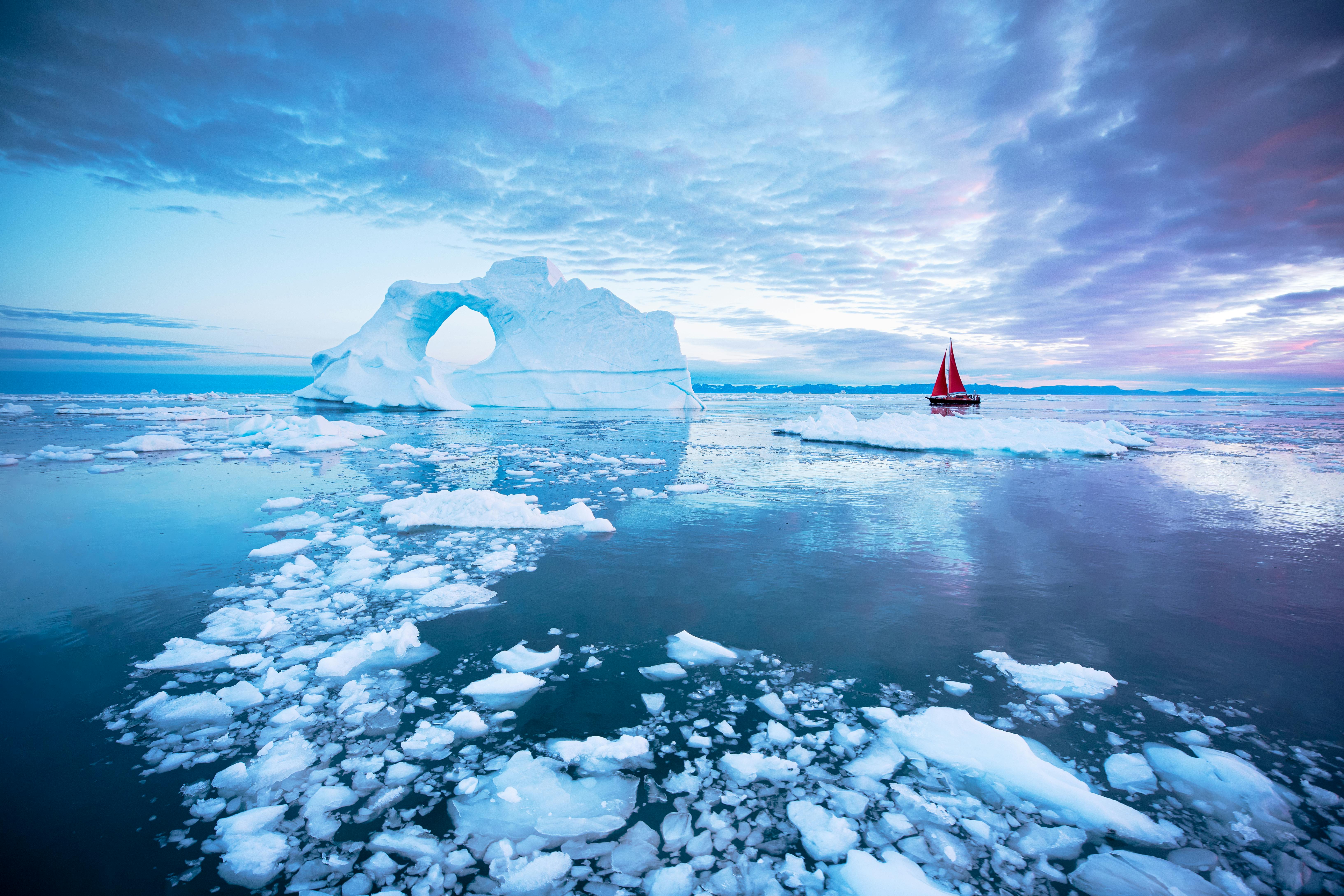In the Arctic, Seven Things Even a Glacier Chaser May Not Know
The icy wonders of glaciers are found all over the world, especially in the Arctic, and here are seven of our favorite new discoveries.
Lucia Griggi felt a rush of anticipation as she disembarked her Silversea ship to visit the Arctic wilderness by Zodiac. Griggi, a professional photographer, pulled up her hood up and donned a hat as she entered a world of eerie emptiness dotted with an occasional drift of ice.
“Sometimes it can be quite foggy, and the water is so still – you just don’t really know what you’re going to come up against,” says Grigi, formerly a Silversea photographer. But when the mist parts, it’s magic. Read on to hear her reaction and to find seven things you may not have known about glaciers.
Are glaciers found only in the Arctic?
No. If you’re a glacier chaser, Antarctica is a sure-fire bet; it has about 91 percent of the world’s icy wonders. The Arctic’s Greenland clocks in at 8 percent of the world’s glaciers.
North America has 0.5 percent, Asia has 0.2 percent and South America has 0.1 percent, according to the U.S. Geological Survey. But you’ll also find glaciers in places you might not imagine they would be, including Africa’s Mount Kilimanjaro.
If North America doesn’t have that many glaciers, should I go elsewhere on my hunt?
You could, but don’t count it out. Remember, we’re talking total land mass of Earth, which is about 57 million square miles (the size of about nine Russias put together). Alaska has more than 600 named glaciers, USGS says, sometimes pegged at 27,000, although some scientists say that’s misleading because they’re more interested in total glacial land coverage than in individual glaciers.
And then there’s Canada, where you’ll find glaciers in Alberta, British Columbia, Yukon Territory and Nunavut, Canada’s northernmost territory.
Or you could go to Pakistan, which, according to the Washington Post, has 7,253 known glaciers, making it a leader in the contest for which country has the most.
What will I experience in a Zodiac that I won’t see from a ship?

Griggi points out two important differences: the thrill of being on the water in a Zodiac and the sense of your place in the world.
“The feeling of being in the Zodiac is something else,” Grigi says. “With Silversea, you get an elevated experience by boarding the Zodiacs from the ship, and you can approach some of the world’s wild marvels….
“Then through the mist you’ll just see this linear ice shelf, or the front of the glacier. It’s so overpowering and makes you feel very insignificant.”
Am I going to find a woolly mammoth frozen in a glacier?
Probably not. A baby woolly was found in permafrost (as Encyclopedia Britannica defines it, “perennially frozen ground”) in 2007 in Siberia, but a glacier is a different animal, Britannica tells us: It’s “perennial ice,” starts on land and retains snow.
What you will find: dirt, boulders and something called “rock flour,” a fine substance that results from glacial erosion. Glaciers also move.
Glaciers move? How much?

They do move, but it the human eye probably won’t see it; you’d probably need time-lapse photography to capture it. The glacier, which USGS describes as “a large, perennial accumulation of crystalline ice, snow, rock, sediment, and often liquid water that originates on land… moves down slope under the influence of its own weight and gravity.”
The kind of movement you may see is called calving, which the Alaska Satellite Facility, part of the Geophysical Institute of the University of Alaska Fairbanks, describes this way: “Calving is when chunks of ice break off at the terminus, or end, of a glacier. Ice breaks because the forward motion of a glacier makes the terminus unstable. We call these resulting chunks of ice ‘icebergs.’”
What is this zombie ice we’re hearing about?
“Zombie ice” is ice that’s dead or doomed, according to an Associated Press article based on a recent study in Nature Climate Change. A glacier’s ice has to be “fed,” and snow is one way that happens. But with less snowfall, some glaciers are “starved,” and higher global temperatures also lead to melting. When that happens, that ice is lost to the glacier.
This is happening in Greenland, which is predicted to contribute more than 10 inches to sea level rise, more than twice what scientists expected. This will occur by 2150 but also could be as early as the end of this century. The culprit, of course, is carbon emissions. But, scientists say, even if carbon emissions were stopped right now, the rise is inevitable.
Why are glaciers blue?

They’re not really blue; they just look that way. As you watch Lucia Griggi’s video, you’ll see that glaciers do, indeed, have a blue hue in some shots, but that’s a trick of light.
Scientists explain it this way: White light, which is what the sun and stars produce (as well as certain kinds of light bulbs) is made up of the spectrum of colors, from violet/blue (short wavelength) to red (long wavelengths ). Here’s how Woods Hole Oceanographic Institute explains the rest: “Some of the wavelengths of light may be absorbed by the object. Any that bounce off eventually reach our eyes, and we see the object as the color or colors that reflect back at us.” Ice gobbles up red, but blue manages to escape and scatter and creates the appearance of color.
